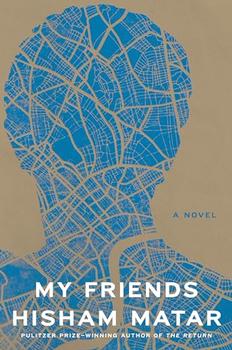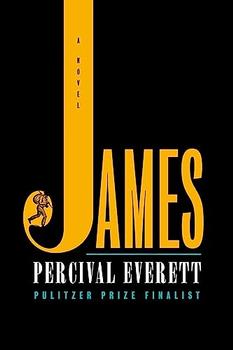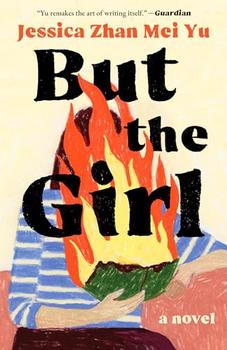Book Club Discussion Questions
Want to participate in our book club? Join BookBrowse and get free books to discuss!
Please be aware that this discussion guide will contain spoilers!
About This Book
On the first day of the millennium, a small town gathers to witness a miracle—the mysterious reappearance of a lost infant, Pajarita—and unravel its portents for the century. Later, as a young woman in the capital city—Montevideo, brimming with growth and promise—Pajarita begins a lineage of fiercely independent women. Her daughter, Eva, survives a brutal childhood to pursue her dreams as a rebellious poet and along the hazardous precipices of erotic love. Eva's daughter, Salomé, driven by an unrelenting idealism, commits clandestine acts that will end in tragedy as unrest sweeps Uruguay. But what saves them all is the fierce fortifying connection between mother and daughter that will bring them together to face the future.
From Perón's glittering Buenos Aires to the rustic hills of Rio de Janeiro, from the haven of a corner butcher shop to U.S. embassy halls, the Firielli family traverses a changing South America and the uncharted terrain of their relationships with one another.
Reader's Guide
- Regarding the title, De Robertis said, “I see the themes of this story running through the characters' lives as they hunger and strive for intangible entities they cannot see.” What are they striving for? What other meanings does the title have?
- Were you familiar with Uruguayan or Argentinean history before reading the novel? Would you like to learn more?
- Reread the epigraphs. When you first read them, what did you expect from the novel? In reading them again, why do you think De Robertis chose them?
- The novel opens with Salomé's letter to Victoria, in which she writes, “Everything that disappears is somewhere” (pp. 3). How does this notion play out over the course of the novel?
- All three women go to great lengths to remain true to themselves, to find authenticity. How does each suffer for it? Who is most successful?
- Which mother-daughter relationship did you most relate to?
- How does each woman's name help to determine her life story?
- Pajarita's story begins with a miracle. Are there other miracles in the novel? What do they signify?
- What role do Pajarita's herbs play in the novel? Why are they so important?
- How does the oldest generation's ignorance of politics lead to the youngest generation's activism?
- There are several different types of male-female relationships in the novel, among them father-daughter, brother-sister, and lovers. In which type are the men most supportive of the women? Why do you think that is?
- Discuss the power of words, as it applies to the main characters. Does Pajarita revere them as her daughter and granddaughter do? For whom are they most important?
- What do you think causes Eva's paralysis?
- After the first rape, why does Eva return to Pietro's store?
- Discuss Eva's time in Argentina. How does it change her?
- How does the character of Andrés/Zolá relate to De Robertis's notion of authenticity? Did Eva's response to her surprise you?
- Why does Eva keep her children's shoes?
- Throughout the novel, the women carry great secrets. How does secrecy affect each of their relationships?
- On page 349, Salomé thinks, “People do not suspect what they cannot imagine.” How does this apply to Pajarita and Eva, too?
- Why does Salomé refuse Leona's offer of a knitting needle?
- How does Salomé survive her years in prison? What helps her most?
- Discuss the ending. Why does Ignazio insist on a gondola? Where do you think he takes his wife?
- How do you imagine Victoria will react to Salomé's letter?
- Which character did you like the best? Who would you like to spend more time with?
Suggested Reading
One Hundred Years of Solitude by Gabriel García Márquez; The Unbearable Lightness of Being by Milan Kundera; Midnight's Children by Salman Rushdie; Jazz by Toni Morrison; Soulstorm by Clarice Lispector
Unless otherwise stated, this discussion guide is reprinted with the permission of Vintage.
Any page references refer to a USA edition of the book, usually the trade paperback version, and may vary in other editions.




